Product Sourcing, Manufacturing & Outsourcing Services

Whether your part or assembly needs to be made using any number of manufacturing processes involving plastic, metal, rubber, glass, ceramic, wood or paper or any combination thereof, 2think will manage the manufacture and FCL / LCL import or your product.
Offshore Sourcing Case Studies
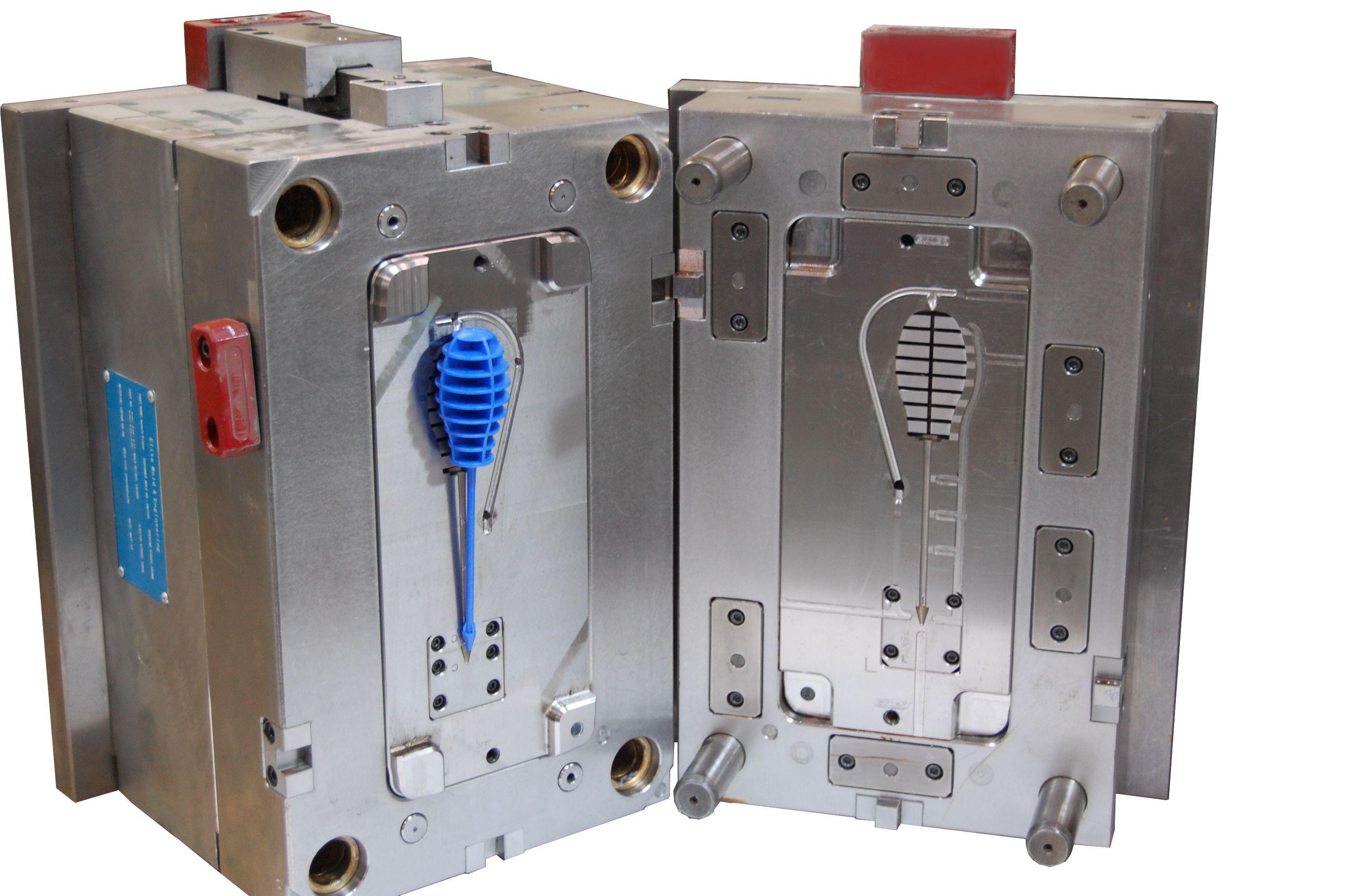
MANUFACTURING PROCESSES (Traditional Injection Molding)
In today’s market, most of your plastic part or products are manufactured by a process called “Injection Molding”. This is a process whereby a metal mold (“molding tool”) is made and melted plastic is injected, either at high or low pressures, into the mold producing the desired part. The image to the left is an example of such a process, showing a plastic part and the mold, which made it.
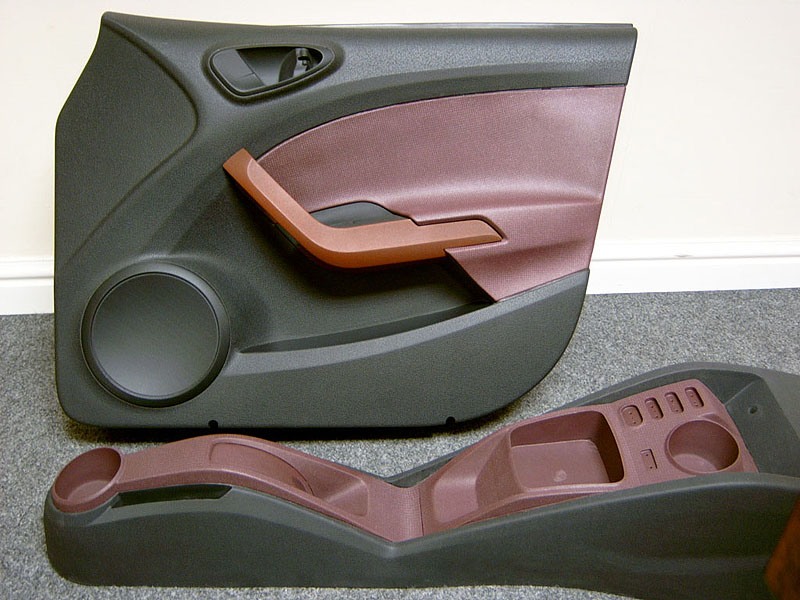
MANUFACTURING PROCESSES (RIM Molding)
During the design process it is determined that your plastic or foam part is required to be extremely strong having unusually thick wall thicknesses and yet be very light in weight, then RIM (Reaction Injection Molding) might be the right manufacturing process for your application. RIM is where a traditional injection molding tool is made, however, by using much lower temperatures and pressures than traditional injection molding, hot plastic is injected into the mold cavity accompanied by an inert gas to “foam” the plastic. This creates a “honeycomb” effect which reduces part weight tremendously simultaneously increasing strength.
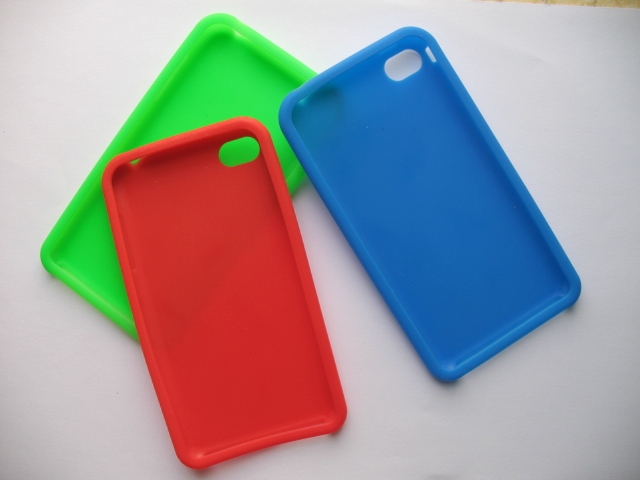
MANUFACTURING PROCESSES (LIM Molding)
If your application requires your parts to be extremely resilient, tough and solvent resistant or any combination thereof, then the LIM process is the right choice for molding your part. LIM (Liquid Injection Molding) is a process which is reserved predominately for parts made from silicone or Urethane rubber, with both exhibiting the above-mentioned material properties.

MANUFACTURING PROCESSES (Blow Molding)
If your part is required to be plastic (usually a Polypropylene or Polyethylene) and hollow and have a very thin wall thickness, then Blow Molding could be a right fit for the manufacturing process. Using this method, a mold is made (similar to a traditional injection molding tool) in which a “slug” of hot plastic is made first and then transferred to the Blow Mold. Immediately afterwards, while the slug is still hot and pliable, a burst of high pressure air is shot into the mold cavity. This action causes the slug of hot plastic to rapidly expand to the perimeter of the mold cavity thereby creating the 3-dimensional hollow part.
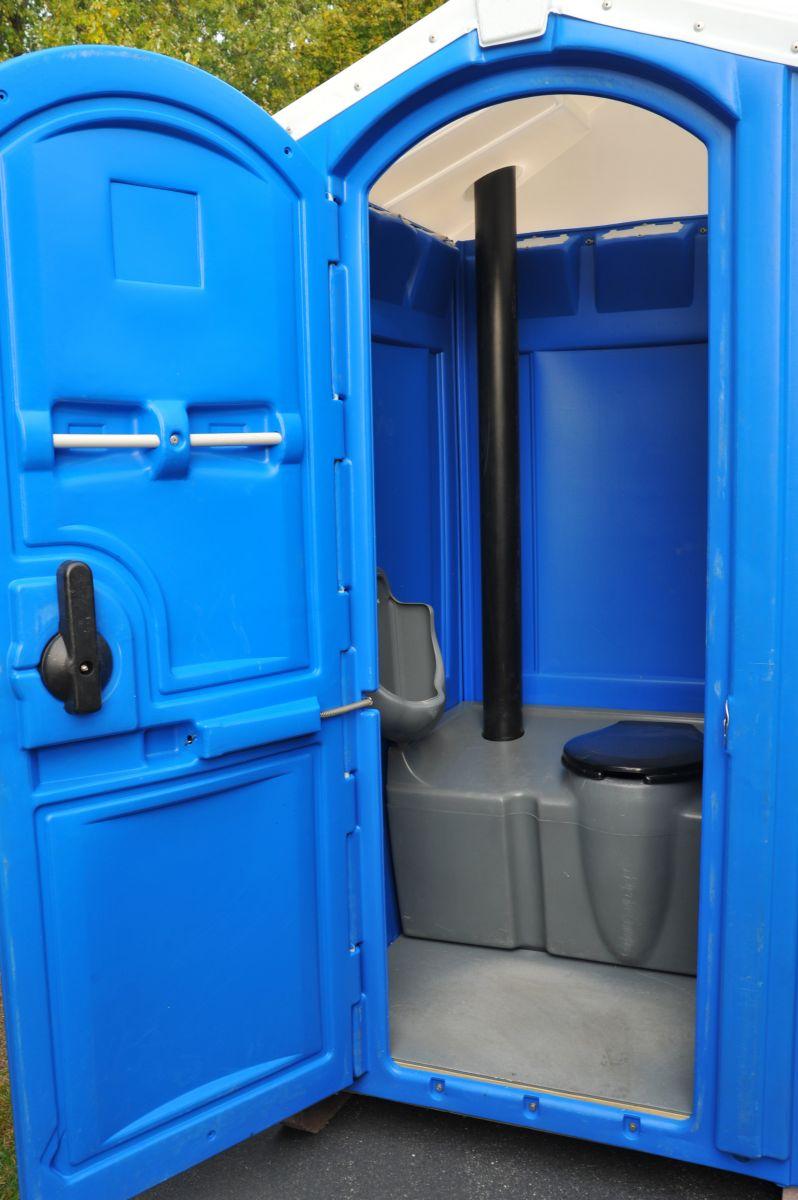
MANUFACTURING PROCESSES (Roto-Molding)
If your part is required to be plastic and exceptionally large in one or more dimensions, then rotational molding is probably the best choice. This is where molds are filled with the appropriate type and amount of a plastic powder. The mold is then heated for a specific time and temperature all the while rotating 360 degrees in both the X and Y planes simultaneously. Once this time is up, the mold cools and the part is extracted. More than likely, secondary operations will be required to be performed on the final part (trimming excess plastic “flash”, deburring, drilling, etc.).
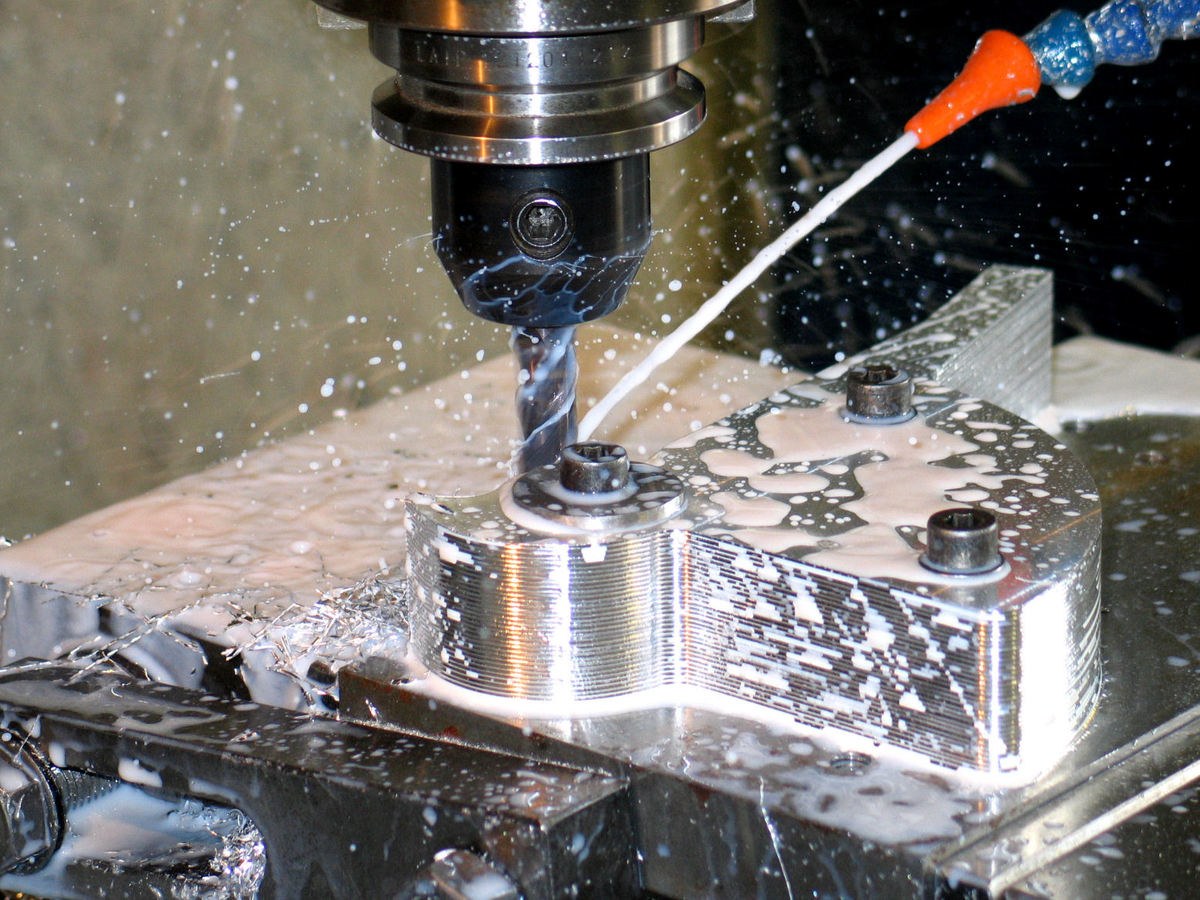
MANUFACTURING PROCESSES (CNC Machining)
Concerning metal parts, there are a number of methods to manufacture them, the prime of which is CNC (Computer Numerically Controlled) machining of metal. Otherwise know as “subtractive manufacturing”, this method employs a machine using a high-speed spindle, a metal platform upon which a metal blank is placed and a number of “drill bit” - like cutting tools. As these cutting tools cut away metal material, the design part begins to emerge. These parts are traditionally high precision tolerance and/or fitted parts. Common metal materials used with this process include several alloys of Carbon Steels, Stainless Steels, Aluminums and Titaniums. Although, several different types of plastic can also be machined as well.
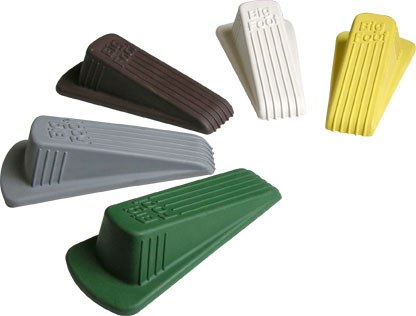
MANUFACTURING PROCESSES (Compression Molding)
Where “cross-linked”, thermoset rubbers are being considered for part materials, Compression Molding is usually used. This is where a rubber blank is heated to a specific temperature and hydraulically pressed over a mold. This mold has been machined to duplicate the designed part whereby when the hot rubber is pressed over it, the press is held in place for a few seconds to allow the rubber to slightly cool. Upon completion the “pressed” rubber takes on the permanent shape of the designed part. An important note here is to acknowledge that “cross-linked”, thermoset rubbers CAN NOT be re-melted and reused as raw materials.
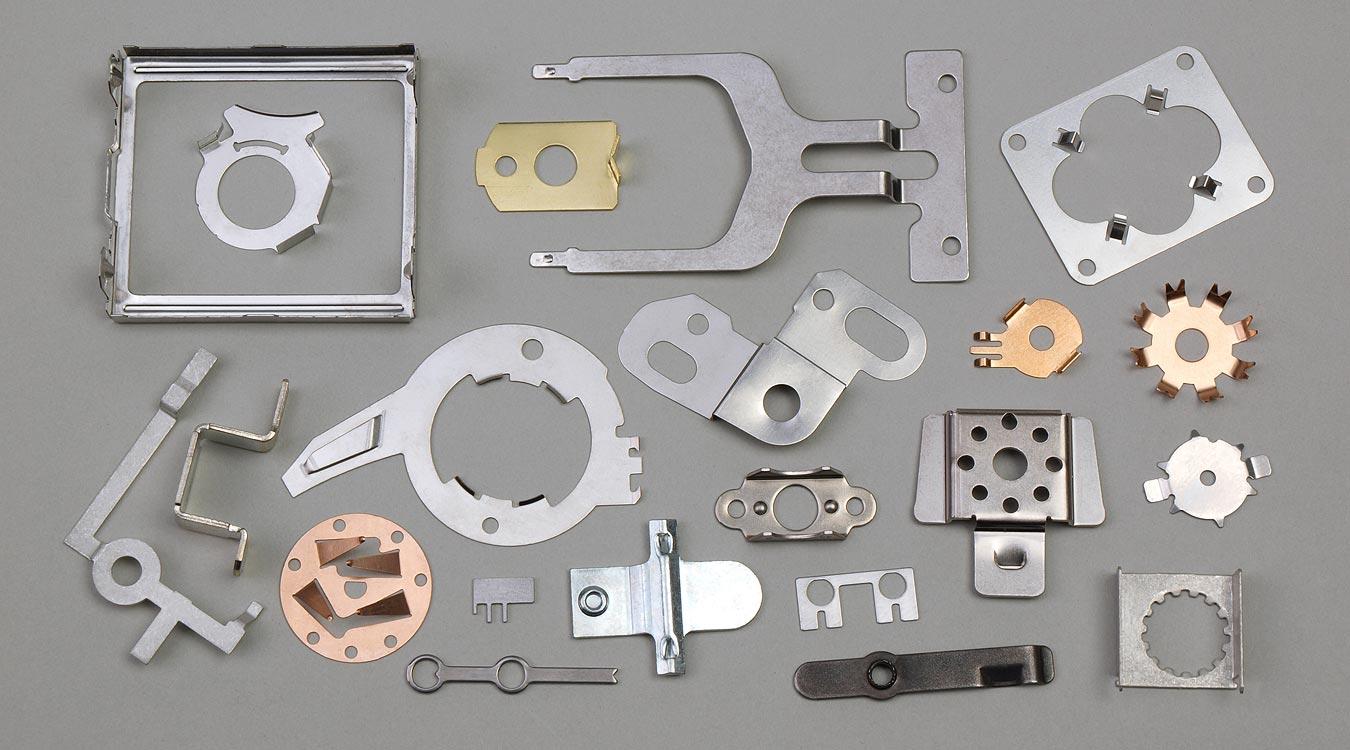
MANUFACTURING PROCESSES (Metal Stamping)
When your part is required to be made from “sheet metal” then Stamping is the correct manufacturing process. This is where a “stamping (or punching) die” has been machined from a very tough alloy of steel in the shape of the designed part itself or in the shape of the “unfolded” designed part (imagine a cardboard box which is not taped or stapled together, lying flat on the floor). This stamping die is then hydraulically pressed into a sheet of metal under very high pressure. Once this operation is complete, what remains is the sheet metal taking the form of the designed part.
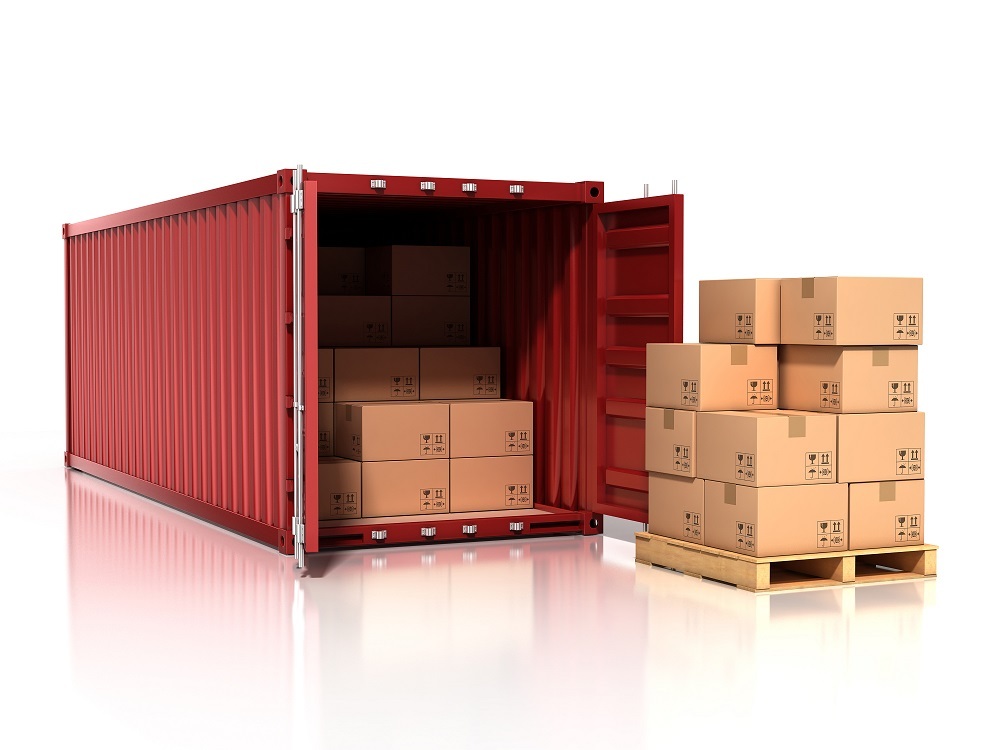
IMPORT PROCESS
2think has formed manufacturing relationships over many years with several Asian companies in mainland China, Honk Kong and Taiwan. Each of these companies are well acquainted with shipping methods and their associated procedures to the USA and the rest of the world. Solely dependent upon product quantity and weight, shipping by either air or sea will be used, each of which have their own associated set of policies and costs. By air, carriers such as FedEx, UPS, DHL and TNT are predominately used. By sea, any number of shipping companies can be used to transport FCL (Full Container Load) and LCL (Less-Than or Less Container Load) sea containers. Once in the final destination country, semi-trucks and/or rail cars will then be employed to transport the products to a storage facility.
Most of your modern “factories” over in China and elsewhere in the world have good in-house QA (Quality Assurance) departments. In this day and age of fierce international competition via the Internet, these companies can’t afford to continue to produce inferior products. However, that being said, a customer can always hire third-party QA companies to oversee products being made in offshore factories as well.
During the formalization of shipping via sea container, transportation insurance can be purchased for such an event.
The answer to that question varies widely because of the variables involved. Here are some of the most common and important variables effecting that answer: exact manufacturing process to make one part, several manufacturing processes to make several parts, assembly of a multi-part product, weather (namely effecting sea vessels), product quantity, making of the mold tool(s) and its complexity, final destination country’s customs entry process and backlog.
Usually, the details governing returns due to manufacturing defects are handled in the way specified in a manufacturer’s contract between them and it’s customer.
Since you have the product tooling made at this point, you have already saved a great deal of time delay. On a VERY rough average, it usually takes about a good 60 days to receive new shipments of product. Half of that time is relegated to transport by sea.
We’d Like To Meet You
No matter what stage of the development process, 2Think is here to take garage developers to corporations where they want to go with their product. Please take a moment to drop us a line so that we may discuss your design requirements.
